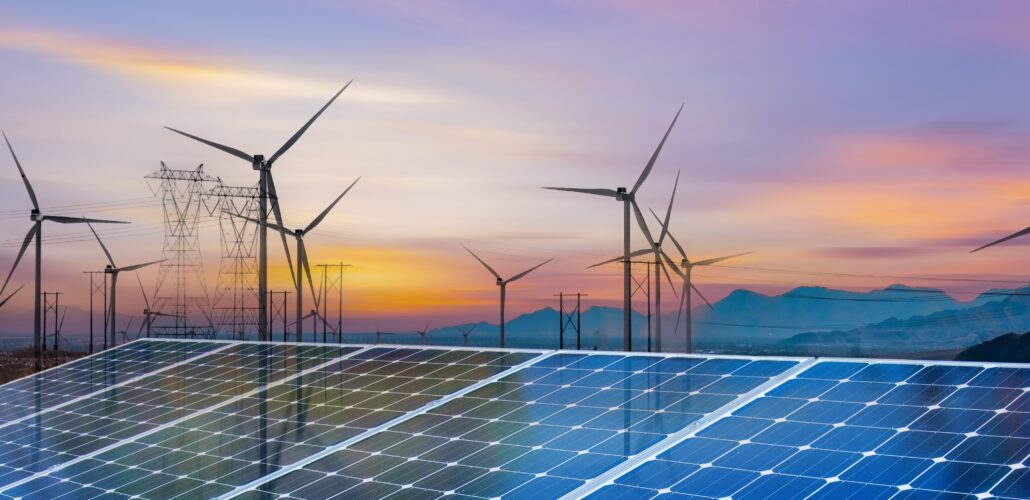Hybrid Plants Dominate Interconnection Queues
Power plants combining storage with solar photovoltaic (PV) or wind resources dominate the project proposals awaiting interconnection nationwide, particularly in California and other western areas.

Image for illustration purposes.
In the ever-evolving landscape of renewable energy, hybrid power plants are emerging as a promising solution to tackle grid congestion. These innovative facilities combine multiple energy sources, typically solar and wind, with energy storage systems to create a more reliable and efficient power generation model.
The core concept behind hybrid plants is to maximise the use of existing grid infrastructure. By integrating different renewable sources, these plants can generate power more consistently throughout the day and night, reducing the strain on the grid during peak demand periods.
One of the key advantages of hybrid plants is their ability to smooth out the intermittency issues associated with individual renewable sources. For instance, solar panels produce energy during daylight hours, while wind turbines can generate power at night or on cloudy days. When combined, these sources complement each other, providing a more stable power output.
Energy storage systems play a crucial role in hybrid plant designs. Batteries or other storage technologies can capture excess energy produced during low-demand periods and release it when demand is high. This capability not only enhances grid stability but also allows for more efficient use of renewable resources.
Hybrid plants also offer significant cost benefits. By sharing infrastructure such as substations and transmission lines, these facilities can reduce overall construction and operational costs. This shared infrastructure approach is particularly beneficial in areas where grid capacity is limited or expensive to expand.
Moreover, hybrid plants can provide ancillary services to the grid, such as frequency regulation and voltage support. These services are essential for maintaining grid stability and can be more effectively delivered by hybrid systems due to their diverse generation mix and storage capabilities.
The flexibility of hybrid plants extends to their scalability and adaptability. They can be designed to meet specific local needs and can be expanded or modified as demand changes. This flexibility is particularly valuable in rapidly growing regions or areas transitioning away from fossil fuels.
Source: EE Power
#AncillaryServices#CleanEnergy#CostEfficiency#ElectricalGrid#EnergyManagement#EnergyStorage#EnergyTransition#GridCongestion#GridFlexibility#GridStability#HybridPowerPlants#InfrastructureOptimisation#IntermittencyMitigation#PowerGeneration#PowerSystemsEngineering#RenewableEnergy#SmartGrid#SolarPower#sustainability#WindEnergy



